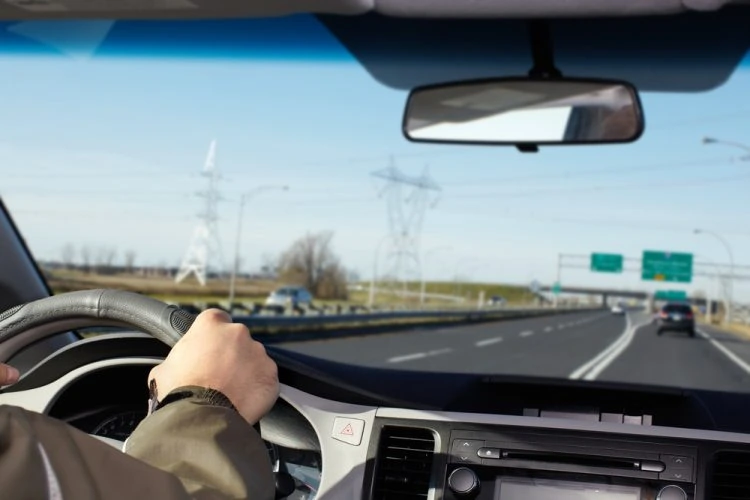When it comes to car tuning, one size definitely doesn’t fit all. The way you drive—whether you’re cruising at 110 km/h on long highway stretches or inching forward at every red light in city traffic—makes a big difference in how your vehicle performs and what kind of tuning setup will serve you best. So, how do you tailor your car’s performance to your driving habits? Let’s break down the differences between tuning for highway commutes and tuning for city stop-and-go traffic.
Why Driving Style Matters When Tuning
Car manufacturers design engine settings with the average driver in mind. That means most vehicles are tuned for a balance of performance, efficiency, and emissions compliance. But if you spend most of your time in one specific type of driving condition—say, long-distance highway commuting or urban traffic—then optimizing your setup for that environment can make your daily drive smoother, more efficient, and even more fun.
This is where tuning chips, ECU programmers, and throttle controllers come into play. Each of these tools offers different benefits depending on how (and where) you drive.
Tuning for Highway Commutes: Smooth, Efficient, and Strong at Speed
If you rack up kilometers on the freeway every week, your priorities likely include:
- Fuel efficiency
- Stable power at cruising speeds
- Comfortable throttle behavior
- Minimal downshifting during hills or overtakes
What Helps Most for Highway Drivers
1. Fuel-Saving ECU Tunes
Performance chips or ECU tuners with “eco mode” are ideal for long-distance highway drivers. These tunes adjust fuel delivery, timing, and even boost pressure (for turbocharged engines) to maximize efficiency during steady-speed driving. Over time, this can save you a decent amount on fuel.
2. Smoother Throttle Mapping
At highway speeds, you want smooth, gradual power delivery—not jerky acceleration. Some tuning chips can remap the throttle for a more relaxed feel during cruising, while still offering power when you need to overtake.
3. Transmission Optimization
Certain tuners adjust shift points to prevent frequent downshifting on slight inclines. This can keep your engine in its ideal RPM range and reduce fatigue during long drives.
4. Slight Power Boosts for Overtaking
If you drive a naturally aspirated engine or a smaller turbocharged one, tuning for a bit more mid-range torque can help you pass safely without dropping several gears.
Tuning for City Driving: Fast Response and Low-Speed Efficiency
City driving is a whole different beast: stop signs, red lights, traffic jams, roundabouts… it’s a lot. Your car constantly accelerates and decelerates, which puts a unique kind of strain on both your engine and your patience.
Best Mods for Urban Commuters
1. Throttle Controllers for Instant Response
Throttle lag is especially annoying in stop-and-go traffic. A throttle controller won’t add horsepower, but it dramatically improves the response time between pressing the pedal and feeling the car move. That makes your vehicle feel quicker and easier to maneuver in tight city traffic.
2. Low-End Torque Optimization
Tuning chips can improve how your engine behaves at lower RPMs, where city driving usually happens. This results in better acceleration from a stoplight and less need to “floor it” just to get moving.
3. Light Eco Modes for Fuel Saving
City traffic can kill your fuel economy. Many performance chips offer eco maps that adjust the idle RPM and fuel injection for slower, more economical acceleration—without killing your drivability.
4. Smoother Gear Shifts
For automatic cars, some ECU tuners can help reduce that “hunting” behavior where the transmission constantly shifts up and down. This makes for a more stable ride and fewer jerky movements when crawling through rush hour.
So Which Is Right for You?
It depends entirely on where you drive the most.
- If you drive 50+ km a day mostly on highways, prioritize tuning chips with eco-focused maps, torque optimization for passing, and mild throttle adjustments for smoothness.
- If your commute is all about short trips and traffic lights, focus on throttle controllers, low-end torque tuning, and better gear response.
And if your driving is a mix of both, many tuning chips now offer multiple modes—eco, sport, and city—so you can switch based on the situation.
What About Installation and Reversibility?
Most modern ECU tuners and throttle controllers are plug-and-play, using the OBD2 port under the dashboard. Installation usually takes less than 15 minutes and doesn’t require mechanical skills. Best of all, most of them are fully reversible, so you can remove the chip or controller at any time.
Final Thoughts
Tuning your vehicle isn’t just about chasing horsepower. It’s about matching your car’s behavior to your real-world driving. Whether you’re spending hours on the motorway or navigating packed city streets, tuning tools like car chip and throttle controllers offer real, noticeable improvements in comfort, efficiency, and control.
The key takeaway? Don’t just install a chip and hope for the best—choose a setup that complements your driving lifestyle. With the right setup, your daily commute (yes, even in traffic) can feel smoother, quicker, and just a bit more satisfying.

